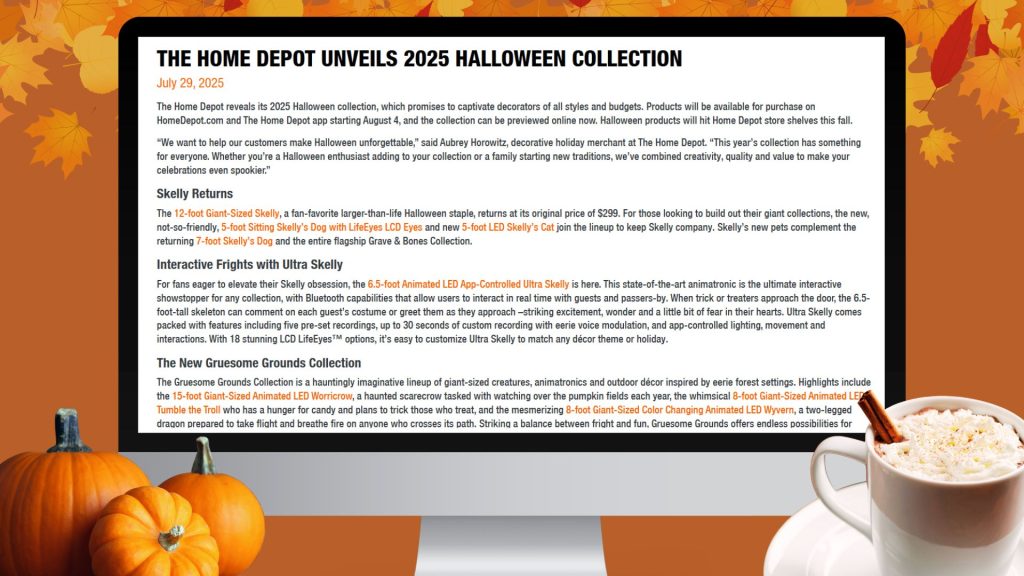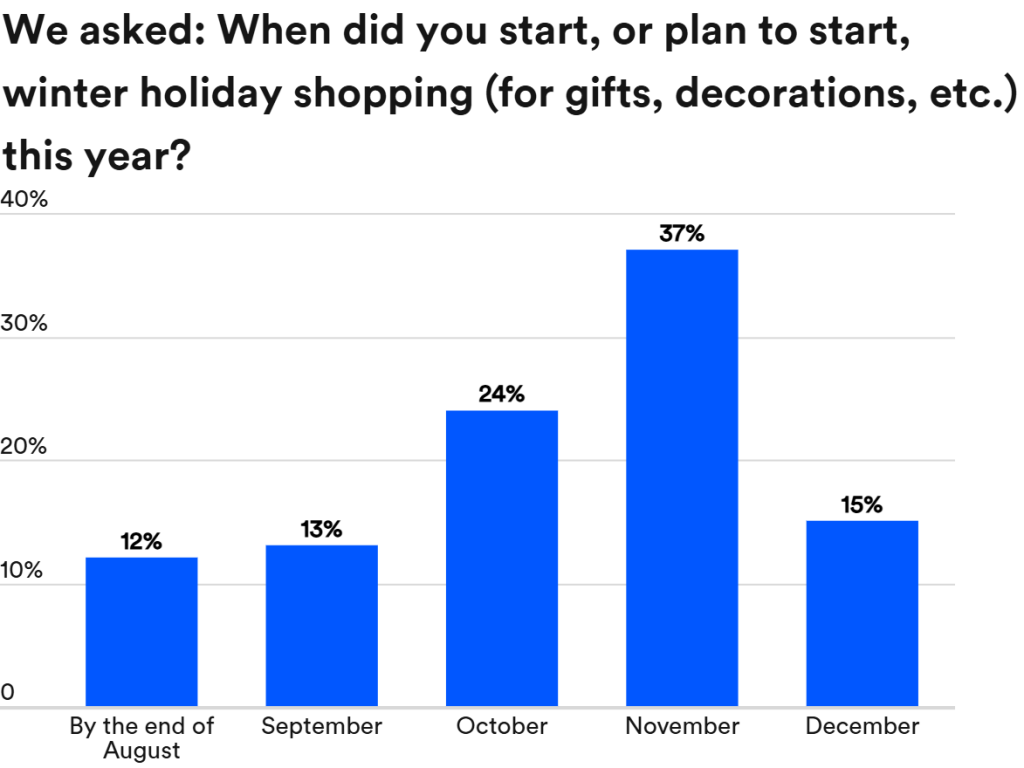The holidays are big business.
During the holiday season, people from all walks of life open their wallets to spread cheer. Millions hurry to the stores and online, searching for the perfect gifts to treat their families, friends, pets, and themselves.
A well-planned holiday campaign can be an excellent source of revenue, helping you finish the fourth quarter on a high note.
But, if you want to ensure your success, it’s simply not enough to offer a great deal.
Sure, a competitive offer is enticing and an important part of what will get people’s attention, but without taking other strategic steps, you’re risking a holiday marketing flop.
In this article, we highlight three of the most critical holiday marketing mistakes, plus expert tips from our team on how to avoid making them altogether.
Costly Holiday Marketing Mistakes to Avoid
1. Not Cleaning Your Data
What’s a real nightmare before Christmas?
Spending your valuable (and limited) time, energy, and budget into creating festive holiday campaigns, only to have your emails bounce and your ads get lost in the noise.
When you’re not managing your data quality, that nightmare is more likely to become your reality.
Outdated, inaccurate, or incomplete customer data is like coal in your stocking. It takes up space and does nothing for you–aside from burning up your marketing spend.
In fact, advertisers waste 21% of their media budgets because of bad data. When you consider that data also decays at a rate of 30% per year, your marketing efforts risk being compromised if you aren’t proactive with your data quality.
How to Avoid This Holiday Marketing Mistake
Advice from Kym Vance, Head of Business Development:
“Marketing with bad data is a recipe for disappointment. However, the good news is that it’s completely within your control to fix. Before launching your holiday campaigns, we strongly recommend cleaning and updating your data first. Data cleansing or data hygiene is the perfect place to start. Doing this will flag and resolve common data quality issues, like misspelled emails, outdated phone numbers, and duplicate contacts. A customer profile analysis is another helpful tool you can use to identify gaps in your CRM data and enhance your insights with a variety of data points like behavioral attributes, number of children in the home, income, homeownership status, and many more.”
2. Over-Segmenting Your Audience
Many of us are well-versed on the importance of audience segmentation and the role it plays in personalized marketing.
With 91% of consumers more likely to shop with brands that recognize, remember, and provide relevant offers and recommendations, segmentation is clearly a non-negotiable for your holiday marketing strategy.
But, is there such thing as taking it too far?
Another holiday marketing mistake to avoid is over-segmentation. Over-segmenting your holiday audience—creating too many tiny groups—dilutes your message, resulting in limited reach and a fractured customer experience.
This is because each new segment requires unique creative, messaging, implementation, and tracking. As the segments get smaller, the effort needed to create and manage them far outweighs their ROI potential.
So, how many segments should you target?
There’s no magic number for the ideal number of segments since the right number for you will be unique and depend on factors like the size of your database, your budget, your marketing goals, and the bandwidth of your marketing team. Remember, the goal of audience segmentation isn’t to have as many segments as possible, but rather to focus on the highest-impact segments that you can realistically manage and scale with.
How to Avoid This Holiday Marketing Mistake
Advice from Todd Dziedzic, Head of Data Science:
“Once your database has been cleansed and enhanced, relying on those insights is what will help you identify the most impactful holiday audiences to target. For example, focus on characteristics and behaviors that large groups share, like demographics, purchase history, and engagement activity. Then, match your message to the channels where those people are most active. That’s how you keep personalization strong while scaling strategically.”
3. Starting Your Holiday Marketing Too Late (or Ending Too Early)
Holiday shopping starts surprisingly early.
According to a survey from Bankrate, nearly half (48%) of holiday shoppers plan to start shopping before Halloween.
That’s 12 percent of holiday shoppers who say they begin making their purchases by August 31, 13 percent planning to begin in September, 24 percent in October, 37 percent in November, and 15 percent in December.
In August, it’s typical to start seeing Halloween merchandise appear on store shelves – causing many of us to collectively sigh and exclaim, “Already? Where has the summer gone?”
For example, The Home Depot made their Halloween collection available online and in-stores on August 4, 2025. Mark sure to get your “twelve-foot giant-sized skellys” before they sell out!

Other brands like Lowe’s, Michaels, and various grocery stores like Aldi also follow suit in August and September.
As soon as Halloween nears its end, pumpkin spice goodies gradually shuffle onto the clearance rack, making way for the swift push of Christmas cheer. At this point, it’s not even Thanksgiving yet, but the festive trees, bath towels, and pine scented candles are everywhere in sight, ready for the taking—and Mariah Carey is serenading in-store shoppers across the country.
The right timing is key. Don’t make the holiday marketing mistake of starting your campaigns too late or ending them too soon. While the shopping season starts early, that doesn’t mean it’s over right when the new year rolls in. Don’t go silent and forget to reach the holiday bargain hunters who are more than ready to snatch up your post-holiday deals.
How to Avoid This Holiday Marketing Mistake
Advice from Larisa Bedgood, Head of Marketing
“Plan ahead! I can’t stress this enough. Even if it feels really early, it’s better to get your holiday marketing campaigns ready months in advance, well before the rush begins. The last mistake you want to make is to lose track of time, scramble, and hope something sticks. Consider a phased approach for your holiday marketing: start with early bird deals and gift guides, roll out your main campaigns in December, and then transition into post-holiday and New Year’s promotions. That’s how you can make sure you’re taking full advantage of the opportunities the season has to offer.”
Final Thoughts
The holiday season is a valuable time to acquire new customers and show appreciation to your brand loyalists. Don’t let these holiday marketing mistakes limit your ROI potential. Clean your data, refine your targeting, and plan ahead to win this holiday season.








